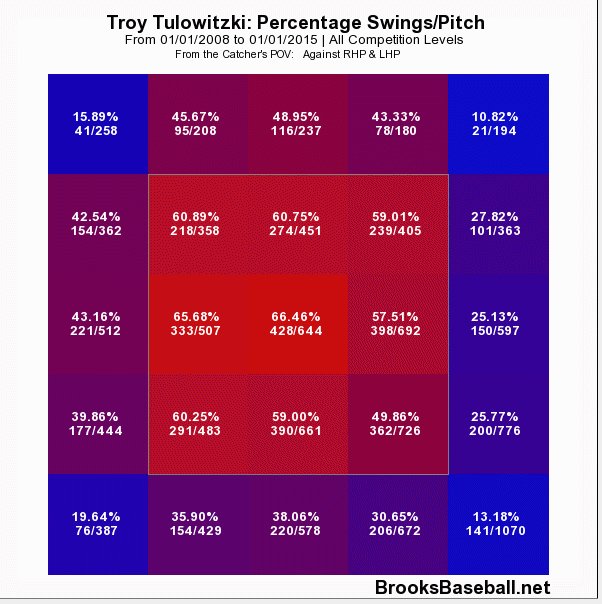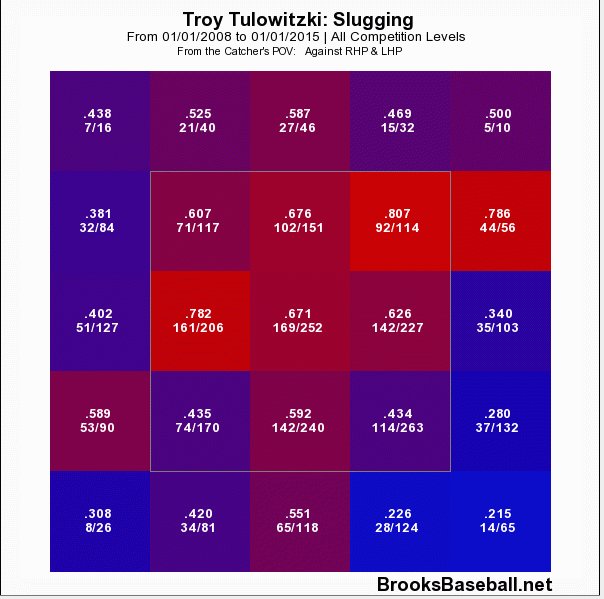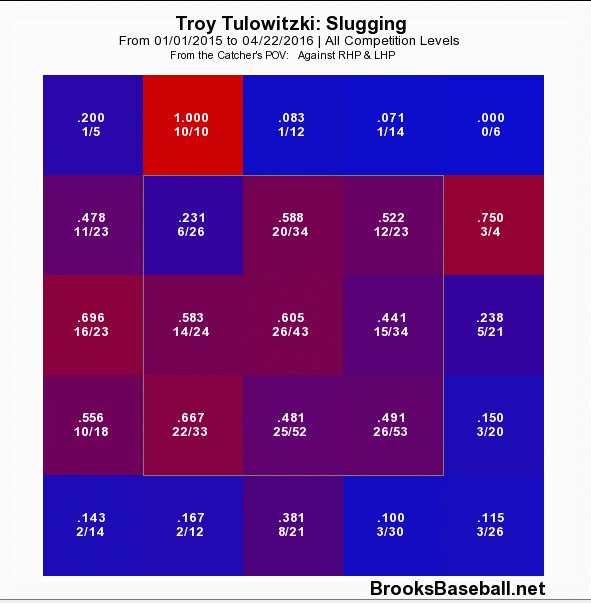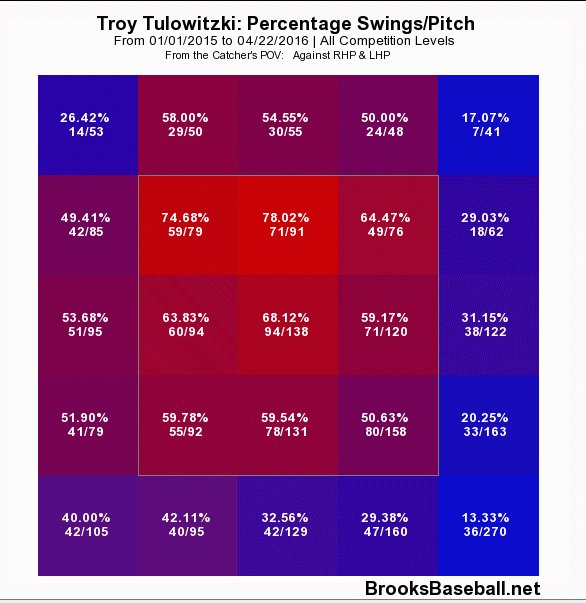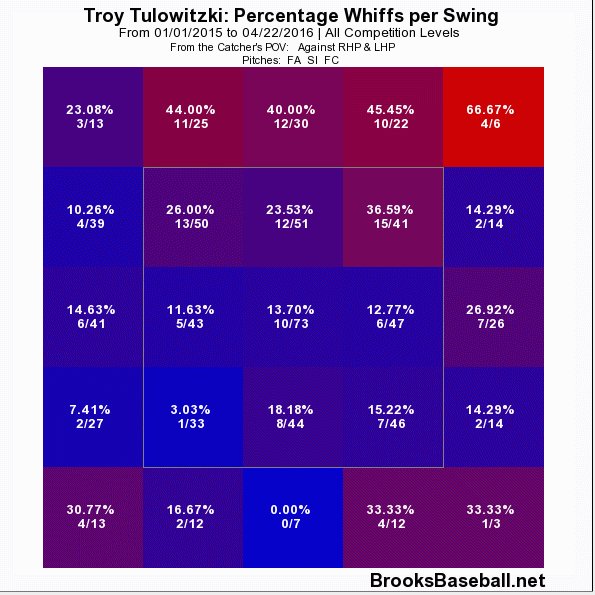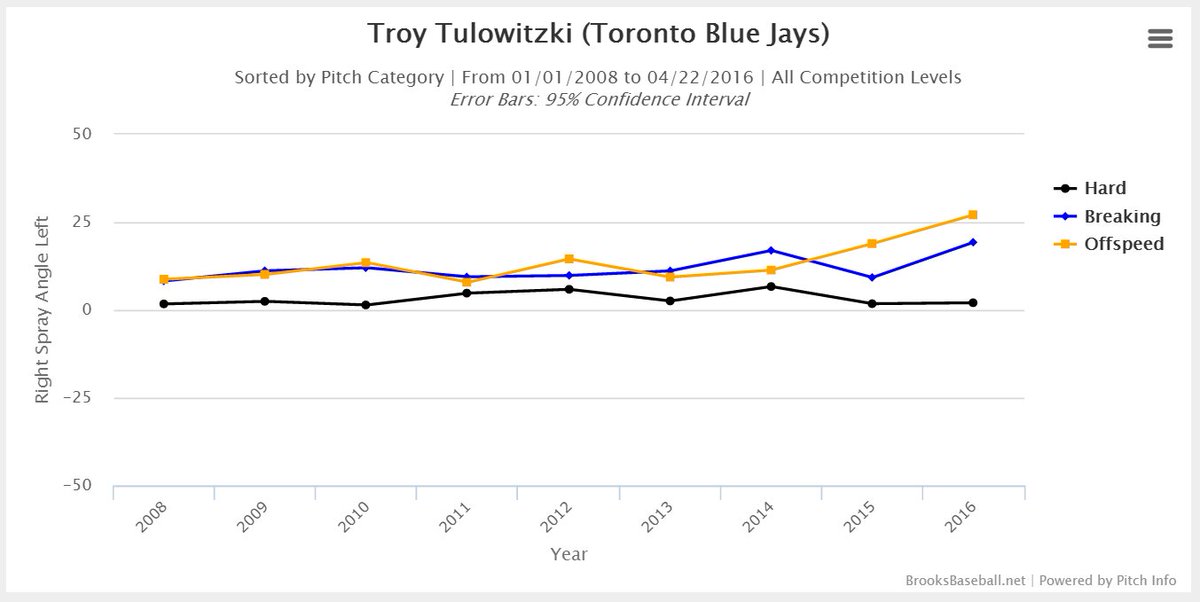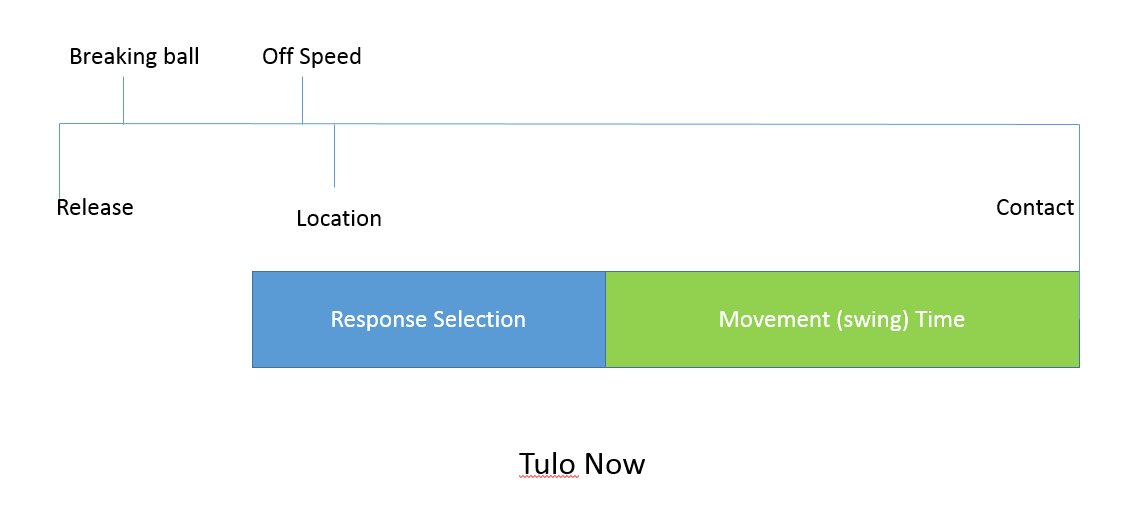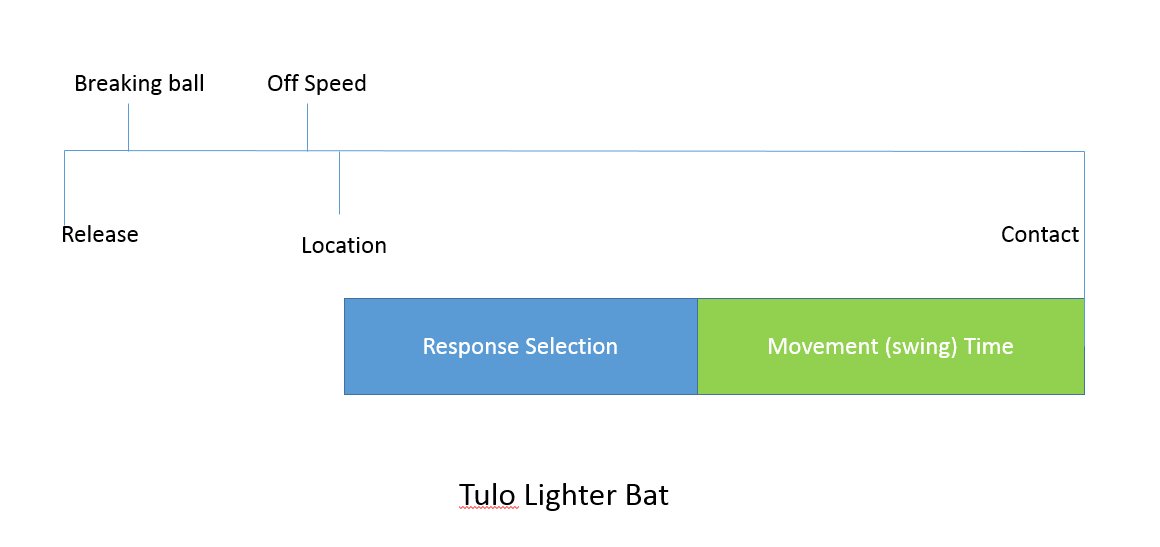What Is Wrong With Adam Wainwright?
Adam Wainwright is the star of the St. Louis Cardinals pitching staff and one of the best aces in the majors. The righty has 121 wins, a 3.04 career ERA, 1,335 strikeouts and four top-three Cy Young finishes under his belt. In 2015 he started as expected, cruising. In four starts he managed to post a 1.44 ERA and a 2.05 FIP in 25 innings with 18 strikeouts and just one walk, with eight extra-base hits (35% of the hits allowed). When everything was looking promising for another dominant season, he suffered a ruptured Achilles tendon during a plate appearance against the Milwaukee Brewers on April 25th. This injury sent him to the disabled list until late September where he just got the chance to pitch another three innings.
Before the start of this season his name was part of lots of baseball discussions: Which Adam Wainwright should we expect? The ace? Or will he show declining signs due to the long ride on the DL, his 34 years and 500+ innings in the last two seasons? The numbers speak by themselves: A 7.25 ERA, 4.87 FIP in 22.1 innings with just nine strikeouts and 10 walks, with 13 extra-base hits (45% of the hits allowed). A complete disaster if we compare this start with last April.
Those facts led us to the question: What is wrong with Adam Wainwright? Using the data sample of April 2015 and 2016 we will try to figure out the reasons behind this horrible start of the season and what should be the changes that could help Waino get back on track.
Pitch velocity and movement
The first reason that jumped to my mind was that he may be having trouble with the speed of the fastball or break of his nasty curveball. I went to Brook Baseball to check this values and compare April’15 with April’16.

Using the four starts of last year, Waino’s fast pitches were the four-seamer, the sinker and the cutter, averaging 90.3 MPH, 90.4 MPH and 86.4 MPH respectively. Contrary to my first hypothesis, the speed chart on 2016’s April did not show any significant variance averaging 90.8 MPH, 90.3 MPH and 87.1 MPH. If anything, he is throwing faster. What about the breaking stuff? During 2015 the nasty curveball and the changeup average were 75.4 MPH and 83.7 MPH, values that are really similar to what we have seen this year: 75.4 MPH and 83.5 MPH.
We can conclude with this data that the speed is not an issue, but what do the numbers say about the ball’s movement? All his pitches were showing very similar vertical and horizontal movement compared to last year data and the career normal of Adam Wainwright. These means that the first hypothesis has to be dismissed, the power on his fast pitches and the break on the slow ones is still there.
Location and control
Other potential cause of the bad start of the season could be the location of Adam’s pitches and his control of them. A good way to visually understand the location of his pitches is using a heat map over the K-Zone. The darker the color, the biggest the frequency. To generate the great graphs that you can see below I used the PITCHf/x tool from Baseball Savant, posting side-by-side the career, 2015 and 2016 values.

The heat maps really help to get quick answers. Let’s start with the four-seamer. We can clearly see that during this season the dark cluster is located up in the zone. Compared to his career profile Wainwright is locating the fastball higher than his typical zone, something that is not a good sign for a pitcher that only throws it at 90 MPH and depends so much on control to minimize damage.

The case of the cutter is similar: low control of the pitch. 2016 graph shows a problem locating this pitch in the strike zone. The career profile indicates that he likes to throw this pitch down and outside for RHB and down and in for LHB, something that have been difficult this season when the cutter is also falling higher that normal.


In the case of the sinker I split the heat maps between lefties and righties since this specific pitch is used very differently by Waino depending on the batter handedness. Against lefties the heat maps show that he is following his typical profile, so there should not be a problem. Meanwhile against righties Wainwright has been having troubles locating this pitch outside in the zone as he is used to. This year, lot of the sinkers against righties has been located in the center of the plate many times, low in the zone, but still in an area that MLB batters can crush easily.

Exactly the same thing happens when we see the curveball graphs. Career data showed that he has been really successful hitting the low part of the strike zone, especially last year when this pitch was falling in the ideal place, just below the K-zone frame. But this year the story have changed. The curveballs has been located higher than ever, in the hitter power zone.
There is no doubt that Wainwright in this season is having a hard time controlling his pitches, especially falling up in the zone with the fast ones and right in the middle with the breaking ones. He is showing significant differences with his career profile that could be a direct cause of the bad start of 2016.
Pitch mix
The speed and break are still there. The location not so much. So what about the approach to the at-bats? Is it similar or has he changed it due to the lack of control of his pitches? Let’s try to answer this question using data of his pitch mix and the results of balls in play comparing Wainwright’s career profile with the 2016 sample data.
As you can see in the table below, two things needs to be addressed: First, this season he largely ditched his sinker (-9%) in favor of more cutters (+8%) and curves (+4%). Second, the ground balls have dropped dramatically (-10%), leading to an increase in fly balls (+9%) and line drives (+1%). Why such a change in Waino’s approach to the plate?

There are quick conclusions. The sinker is an excellent groundball pitch, so obviously if you use less sinkers, you get less groundballs. But as we saw in the previous section of the article, Wainwright is having tons of problems with the location of his sinker: the majority of this pitches stay on the hitter-friendly zone, resulting in an increase of the line-drive percentage (+17%) and a .500 batting average on balls in play.
As if it were not enough with the sinker issues, the high location of his four-seamer is causing 18% more fly balls and 24% less ground balls. This critical situation left just one option of the fast-pitch arsenal of Wainwright: the cutter. As his last resource he increased the use of it 8% and some results have been good. It’s the only one that has an increase in ground-ball percentage (+4%) and a drop in fly-ball percentage (-12%). Nevertheless the resulting average of balls in play is .400, so please don’t take this as a silver bullet. Remember that we also pointed out previously that the control on the cutter has not been the best.
The other pitch that has been favored this season is the curveball. Although the rate of whiffs has dropped from a career average of 17% to only 9% and the fly balls (+11%) have increased significantly, the opponents only average .118 against the curve. This is really impressive especially after we analyzed the bad location of this pitch, but he keeps using it since it is the only pitch that is giving good results.
Conclusion
Even with a small sample of 2016 data we can derive some conclusions: The arm power and the movement on Adam Wainwright’s five pitches is still there. The long rest due the injury, the 500+ innings from 2013 to 2015 and his 34 years do not seem to be a problem right now. The problem seems to be in the location of his pitches. The four-seamer high in the zone and the sinker in the middle of the plate have been destroyed by the batters, reducing the ground balls in a dramatic way and increasing the line drives and fly balls.
Wainwright is clearly trying to make adjustments in order to reduce the damage. For now his nasty curve is saving the day being his only effective pitch even when it has been located in a dangerous zone. The cutter is not helping enough so his focus should be in taking back the control of the location of the pitches. In his last outing he showed some positive signs. Let’s see what happens in the next one against Arizona — if we get more of the ace or if he still struggles to get back to track.
